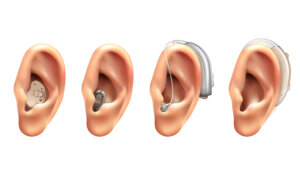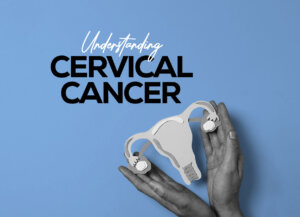
World Contraception Day takes place on September 26th every year. The day’s mission is to improve awareness of all contraceptive methods available and enable young people to make informed choices on their sexual and reproductive health.
Family planning allows people to attain their desired number of children and determine the spacing of pregnancies. It is achieved through use of contraceptive methods and the treatment of infertility. This write up focuses on Contraception.
Benefits of family planning / contraception

Preventing pregnancy-related health risks in women
A woman’s ability to choose if and when to become pregnant has a direct impact on her health and well-being. Family planning allows spacing of pregnancies and can delay pregnancies in young women at increased risk of health problems and death from early childbearing. It prevents unintended pregnancies, including those of older women who face increased risks related to pregnancy. Family planning enables women who wish to limit the size of their families to do so. Evidence suggests that women who have more than 4 children are at increased risk of maternal mortality.
By reducing rates of unintended pregnancies, family planning also reduces the need for unsafe abortion.
Reducing infant mortality
Family planning can prevent closely spaced and ill-timed pregnancies and births, which contribute to some of the world’s highest infant mortality rates. Infants of mothers who die as a result of giving birth also have a greater risk of death and poor health.
Helping to prevent HIV/AIDS
Family planning reduces the risk of unintended pregnancies among women living with HIV, resulting in fewer infected babies and orphans. In addition, male and female condoms provide dual protection against unintended pregnancies and against STIs including HIV.
Empowering people and enhancing education
Family planning enables people to make informed choices about their sexual and reproductive health. Family planning represents an opportunity for women to pursue additional education and participate in public life, including paid employment in non-family organizations. Additionally, having smaller families allows parents to invest more in each child. Children with fewer siblings tend to stay in school longer than those with many siblings.
Reducing adolescent pregnancies
Pregnant adolescents are more likely to have preterm or low birth-weight babies. Babies born to adolescents have higher rates of neonatal mortality. Many adolescent girls who become pregnant have to leave school. This has long-term implications for them as individuals, their families and communities.
Slowing population growth
Family planning is key to slowing unsustainable population growth and the resulting negative impacts on the economy, environment, and national and regional development efforts.
Some of the methods of contraception include:

• Caps or diaphragms
• Combined oral contraceptives (COCs) or “the pill”
• Condoms- Male and Female
• Contraceptive implant
• Contraceptive injection
• Contraceptive patch
• IUD (intrauterine device or coil)
• IUS (intrauterine system or hormonal coil)
• Natural family planning (fertility awareness)

• Progestogen-only pills (POPs) or “the minipill”
• Vaginal ring
There are 2 permanent methods of contraception:
• Female sterilisation
• Male sterilisation (vasectomy)
Traditional methods of contraception:
• Calendar method or rhythm method
• Withdrawal (coitus interruptus)

Contraceptive use
Contraceptive use has increased in many parts of the world, especially in Asia and Latin America, but continues to be low in sub-Saharan Africa. Globally, use of modern contraception has risen slightly, from 54% in 1990 to 57.4% in 2015. Regionally, the proportion of women aged 15–49 reporting use of a modern contraceptive method has risen minimally or plateaued between 2008 and 2015. In Africa it went from 23.6% to 28.5%, in Asia it has risen slightly from 60.9% to 61.8%, and in Latin America and the Caribbean it has remained stable at 66.7%.










